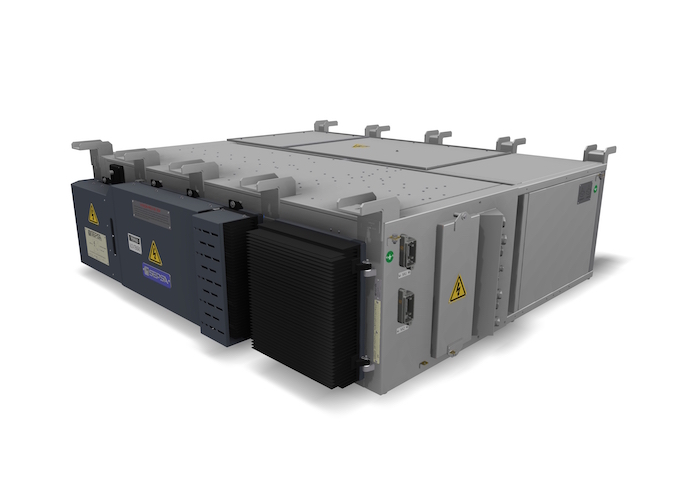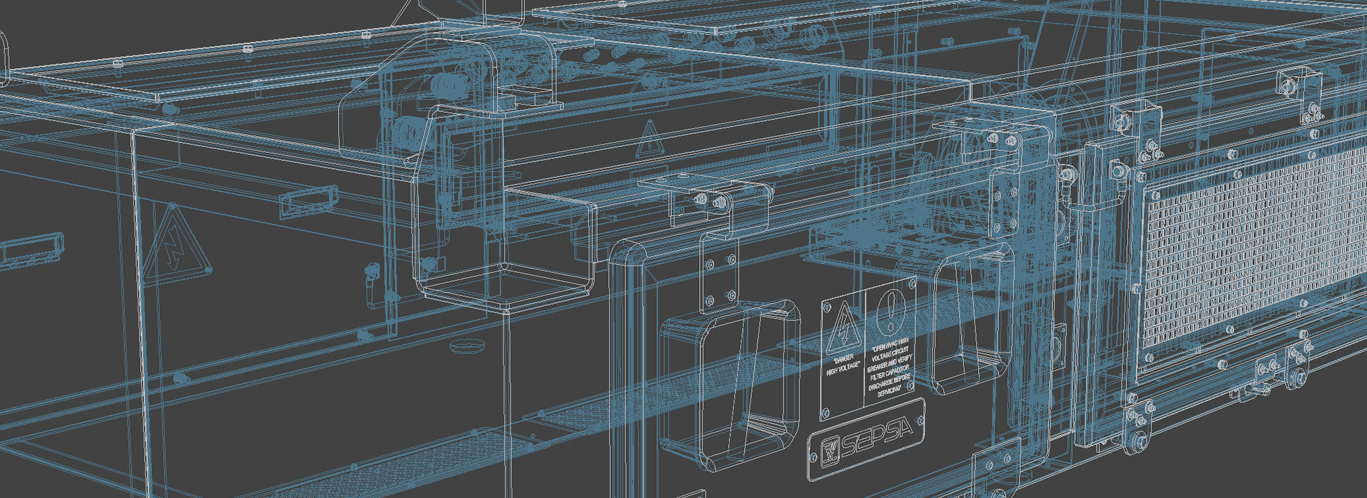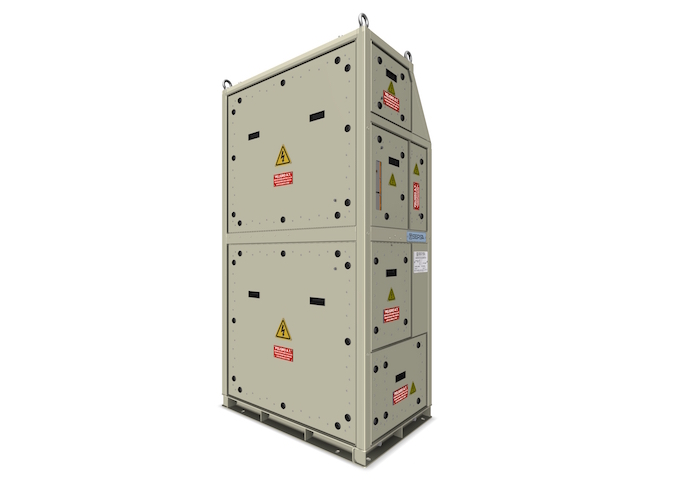AUXILIARY POWER
Auxiliary Converters
Auxiliary Converter feeds all the auxiliary systems on the train like lighting, air conditioning, battery charging, control and other onboard systems, etc.
The output from the DC to AC auxiliary converter is 3-phase AC at standards voltage with or without neutral output and is used for train lighting and the AC motors of air conditioning fans and compressors. The 3-phase is also converted to DC by the rectifier which provides current for battery charging and DC loads.
Also there are battery charges in a separated boxes, which operated from the catenary voltage (DC) or from AC standard voltages.
With more than 29,000 converters supplied worldwide for various input voltages and output powers (up to 450kVA).
SEPSA develops and manufactures static converters with different power electronics topologies and ventilation modes that allow a high degree of customization in order to comply with the highest demanding requirements of the railway industry.
Converters designed for working in a wide range enviromental conditions: tropical environments (Taiwan and Hong Kong), cold climates (Russia) and hot climates (Spain and Morocco).
MAIN CHARACTERISTICS
- High frequency topologies based on DC/DC converters that provide galvanic isolation for inverters and battery chargers.
- Low frequency topologies based on electrical steel transformers that provide galvanic isolation for inverters and battery chargers.
- PWM controlled four-phase inverters (R, S, T plus neutral point generation).
- Static converters with power factor correction AC/DC input stages that provide sinusoidal input current consumption.
- Multi-Voltage converters that adapt automatically to different catenary voltages.
PRODUCTS FEATURES
- Input voltages of 600/750 Vdc , 1500 Vdc, 3000Vdc, 400Vac (single phase or three phases), other voltages
- Power: 1 kVA to 200 kVA for AC input.
- Power: 1 kW to 450 kW for DC input
- Roof-mounted or underframe installation
- High-frequency technology
- Natural convection and forced air cooling
- Ethernet and MVB interface communication and others
- Parallel operation of static converters
- Predictive maintenance diagnosis.
- Automatic and manual bench test equipment to test converter subassemblies and electronic boards.





